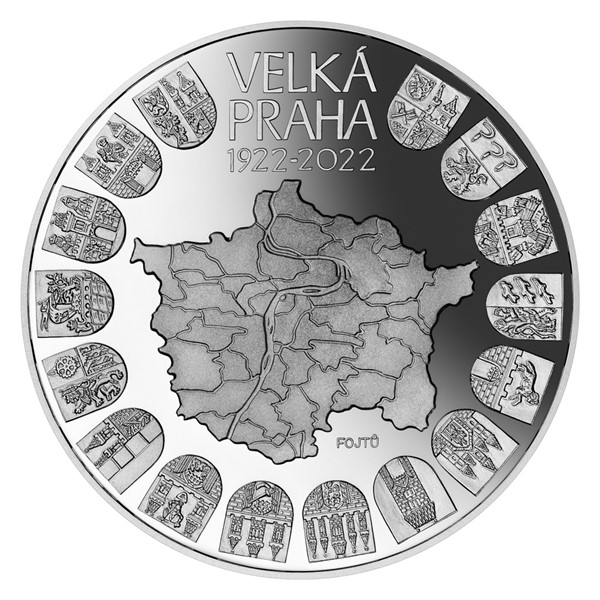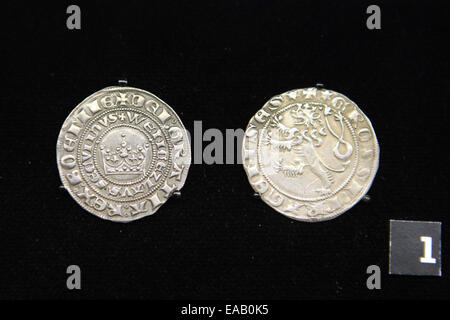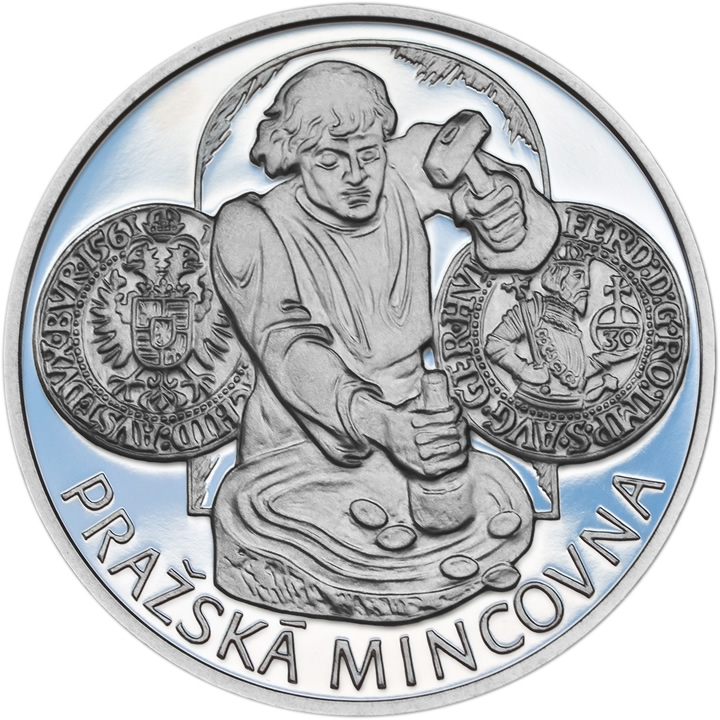Handy News On Antique Finish Prague Mint Medals
Wiki Article
What Is The Purpose Of A Mould Made Of Plaster? Serve As The Initial Physical Representation Of A Gold Coin, Medal, Or Any Other Item?
A gold coin or medal design can be used as a reference for design by the artist or designer. The design can be created either digitally or with graphic design software. It could also be a hand drawn sketch. There are other materials, such as wax or clay.
Plaster Preparation - The plaster is mixed with water in order to achieve a consistency that is able to be worked. It is crucial that the mix is smooth without lumps, and even to make a mold.
Create the base- The maquette is sculpted on the base or platform. This base is usually an unfinished wooden board or a flat, stable surface.
Sculpting the Maquette- Using the design of gold as a model The artist then begins to sculpt the design into the plaster. This is done by shaping the plaster into relief, or a 3D representation of the coins or medals.
Detailing & Refinement The artist will concentrate on creating fine details, refining the lines of the design and ensuring that the proportions are correct. This stage requires precision and a keen eye for the finer details.
Giving the plaster time to dry out and hardenAfter a sculpture is done, it will require some time to cure and set. This enables the maquette to harden and retain its shape.
Smoothing and Finishing- Following drying, the maquette's surface is smoothed, then refined to remove any imperfections, bumps or rough spots.
Sealing & PreservationTo preserve the maquette for use in subsequent processes like scanning, or molding it may be coated with a sealant.
The resultant maquette is used as a tangible, three-dimensional representation of the gold medal or coin design. It serves as an exact reference to guide the next steps in production. For instance, it can be used to scan for digital replication or to create molds for mass production. Or, artists can make use of it as a model to conceptualize and improve their designs prior to final production. Read the best Prague Mint gold medals plaster molds site tips. including coin buy gold, 1975 gold penny, 1979 gold dollar, olympic games gold medal, gold medal gymnasts, gold bullion for sale, gold penny, 1979 gold dollar, 1 ounce of silver, guardian angel coin and more.

Why Is Vacuum Hardening Used On Dies That Are Used To Create Gold Coins Or Medals?
The process of forming a vacuum to create dies that strike gold coins or medals involves making the dies subject to extreme temperatures and controlled environments in a vacuum furnace. This article will provide an outline of the vacuum hardening procedure used for die preparation and Cleaning-
Dies used for making coins or medals are made by ensuring they are free of any traces of contamination or residues.
Injecting Vacuum Furnace
Die dies can be inserted into a vacuum oven, which creates a vacuum in the heat-treatment area.
Evacuation of Air
The vacuum chamber is made by removing air from the chamber and establishing an environment controlled and free of oxygen. This prevents oxidation and ensures an even heat treatment.
Heating Phase
The furnace is preheated to the required temperature to allow the dies to harden. The temperature range depends on the specific material and processing for hardening.
Soaking in high temperatures
The dies are held at a high temperature for a specific time which allows the material to achieve and retain the desired hardness as well as the metallurgical structure.
Quenching (or cooling)
After the soaking, dies must be quickly cooled by specialized methods. The speedy cooling allows the metal to achieve the desired level of hardness.
Tempering (Optional).
In some cases the tempering process is a part of the process of hardening. The dies are heated up at a lower temperature in order to ease internal stress and improve toughness, while maintaining hardness.
Quality Control & Inspection
The hardened molds are thoroughly checked and verified to ensure that the dies satisfy all the specifications.
Post-Treatment Handling-
Die dies are coated or polished and then used to create coins or medals.
Vacuum hardening increases the longevity, toughness and wear resistance of the tools that are used to create gold coins or medals. By creating a controlled environment free of atmospheric pollutants the process ensures the consistent and reliable hardening of dies, which improves the longevity and quality of the products that are minted. Have a look at the top rated vacuum hardening Czechoslovakia gold medals more advice including 10 dollar gold coin, silver and gold buyer near me, 2000 p sacagawea dollar, $5 gold coin, gold eagle, order gold coins, silver double eagle, 1oz gold eagle coin, gold coins, gold krugerrand and more.

Why Do Dies Need To Be Polished By Hand? Ensure That Gold Medals And Coins Have A Perfect Surface?
Hand-polishing dies ensures an even and smooth surface for gold coins and other medals. Smooth surfaces allow the details of the design to reproduce more accurately on the struck coins and medals.
The polished die ensures that the medals or coins produced have sharp edges, well-defined details and relief. This improves the overall aesthetics and quality of the finished product.
Reduced Wear and Tear Polishing reduces friction and wear during the striking process. A smooth die surface decreases the chance of inconsistent or imperfections appearing on coins or medals struck by rough surfaces.
Consistency in the Striking. Hand polished dies produce an even striking face that ensures uniformity throughout the process of minting. To ensure that the design is maintained in its accuracy as well as its depth and overall quality it is vital to maintain consistency.
Die Longevity- Die that are well-polished will be less prone to wear and harm during the striking process. They're more durable and longevity, allowing for a higher number of strikes, without impacting the quality of the produced products.
Precision and Accuracy - Hand polishing enables engravers to fine tune and refine certain areas of the die, making sure that the details are precisely replicated on the struck coins or medals. This level of precision contributes to the accuracy of the finished product.
Polishing for Quality Control is part of the quality control process. The inspection of the die while polishing by hand is a method to find and fix any flaws or imperfections prior to the die is struck.
Surface Finishing- Polishing imparts specific textures and finishes which enhance the appearance of your objects, or give unique qualities to struck coins and medals.
Overall, hand polishing gold medals and dies to perfection is crucial for producing high-quality, precisely finished, and appealing products. It's crucial for the appearance, consistency and durability of the finished product. See the top hand polishing Prague Mint gold medals blog tips. including $50 gold piece, silver price in dollar, gold coins and bullion, gold and silver shops near me, chinese gold coins, st gaudens double eagle, purchasing gold bars, liberty gold coin, coins and gold, 2000 p gold dollar and more.

What Is The Reason Why Limited Edition Or Collectible Coins Carry Unique Numbers?
This is done to ensure authenticity, exclusivity and enhance the appeal of collectible or limited edition gold coins. What is the process behind this procedure carried out?
Sequential Numbering - Every coin in an edition of limited numbers or collectible comes with a specific serial number. The serial number is typically engraved or stamped on the edge or surface of the coin. This number is the position of the coin within the collection.
Certificate of Authenticity: The coin might have an authentic certificate that is a match to the coin's unique number. The certificate confirms that the coin is genuine. It contains information on its series, the metal content, and the minting.
Why Number Coins Individually?
Authenticity Assurance- Individual numbering is a simple and reliable way to prove the coin's authenticity within the restricted series. Each number serves as a identifier that can be used to verify that the coin is authentic and part of the authorized collection.
Rareness and exclusivity- editions that have distinctive numbers are thought to be more rare and exclusive. The small number of available coins make them more sought-after and valuable.
Numbered Coins Add Collectible AppearanceThey enhance the appeal of collectibles by allowing collectors to track and show specific numbers within the series. Numbers that are lower or of greater significance in a series could be considered more desirable or valuable.
Collector Engagement – Individual numbering increases collector interest and engagement in the process of completing sets or acquiring specific figures. Collectors might seek particular numbers based on their individual preferences or important milestones.
Potential for resale and value Coins with unique serial numbers can have higher value on the secondary market, particularly when the serial numbers are less or are part of a highly sought-after collection. Collectors typically consider these coins valuable due to their rarity and distinctiveness.
Trackability and Documentation - Numbering allows you to track and record the history of each coin which aids in provenance & confirmation on the marketplace for collectors.
By individually numismatizing limited edition or collectible gold coins, mints or issuers establish authenticity, create exclusivity, and enhance the value of these coins for collectors looking for rare, unique or important pieces in a series. The coins that are numbered often have special significance and value in the world of numismatics. Take a look at the top Czechoslovakia gold coin numbering site info including cost of 1 oz of gold, hidilyn diaz, gold bullion cost, ancient coin, golden and silver, bullion price of silver, 2000 p sacagawea dollar, buy gold and silver, apmex gold, gold price apmex and more.
